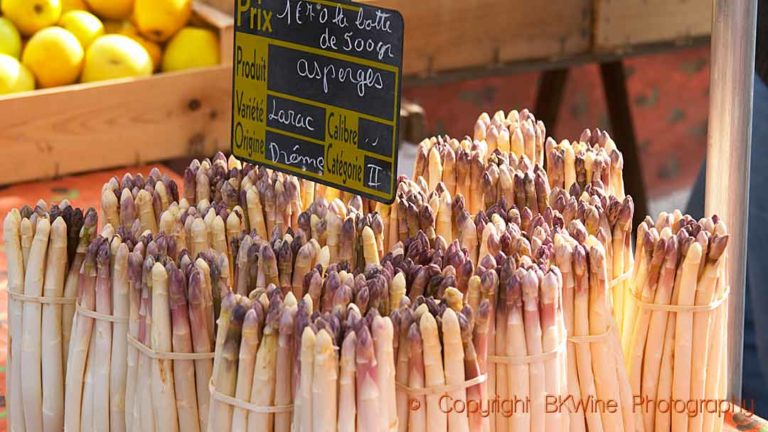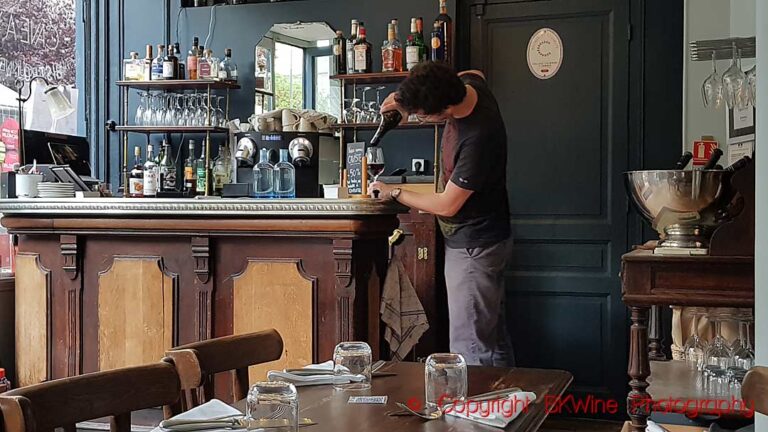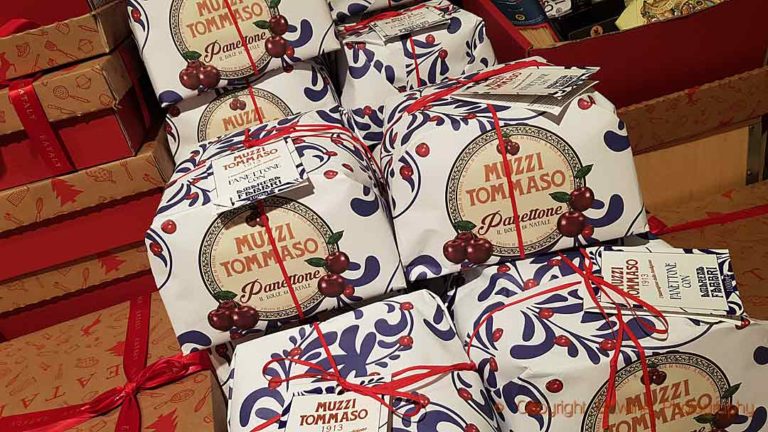There is wine vinegar, balsamic vinegar, and then there is aceto balsamico tradizionale from Modena. Modena is a town in the Italian region of Emilia-Romagna. The sports car enthusiasts know that they make Ferrari and Maserati here. For the gastronomic connoisseur, however, Modena is the town where they make the unique balsamico tradizionale.
Why is it unique? We visited Acetaia del Cristo in Modena to found out. Del Cristo is a family farm and the biggest producer of the traditional balsamico in Modena. But being big in this context doesn’t mean that you produce a lot. 250 producers in Modena produce the traditional balsamico. Every year these producers in total sell 10 000 litres. Del Cristo sells 1000 litres every year. “We have a high cost of production, but you get a truly unique product”, says Valentina Dondé at Del Cristo.
This article was originally published in a shorter version on Forbes.com.
Understandably, it is not an inexpensive product to buy. But you use it sparingly. Your bottle of 100 millilitre, which is the only size it is ever sold in, will not empty rapidly.
What you need most when you make a balsamico tradizionale, is patience. The process takes time. That is one of the things that make it so unique. There is only one ingredient, grape juice. “We cook it, ferment it and age it a minimum of 12 years. That’s it,” says Valentina. It sounds easy, but during these 12 years, and 25 for the extra-old, the balsamico needs to be supervised.
The grapes are Trebbiano di Spagna and Lambrusco, typical grapes of the Modena region. You can use some other grapes as well, as long as they come from the region, ancellotta, berzemino, occhio di gatta, sauvignon blanc and trebbiano.
Del Cristo grows their grapes organically, and they only use their own grapes. They are harvested at good ripeness, with a lot of sugar. Directly after harvest, they are pressed. The grape juice is cooled down so that the fermentation doesn’t start. It is kept for a few days to get rid of impurities.
The next step is cooking the must at 85 degrees C for 6 to 7 hours. It will lose 50% of its volume through evaporation and obtain a thus have the double sugar concentration. The result will be a sweet and acidic product. The must is cooled down and transferred to concrete tanks where the alcoholic fermentation will start naturally. “It will be an easy fermentation”, says Valentina, “we have yeast in the air.” It will take around one month to reach 10-11% of alcohol. The wine is then moved to other tanks where it will remain for four months.
In February they move the wine to barrels in the attic which is the traditional ageing place for balsamico tradizionale. The seasons will influence the balsamico: hot summers, cold winters, humidity, temperature difference. The barrels are filled to three quarters only, so air enters freely. Now the second transformation will happen. The alcohol will turn into acetic acid by a particular micro-organism, the acetic bacteria. Acetic acid is the main component in plain wine vinegar, but here it becomes something quite different.
The long ageing in groups of casks of different sizes, called batteria, begins. Del Cristo has 2000 wooden barrels, in six different sizes from 70 litres down to 15 litres. Del Cristo uses seven different types of wood for its barrels: oak, chestnut, juniper, ash, acacia, cherry and mulberry. Sometimes, a batteria has only one kind of wood.
As the quantity in bigger barrels diminishes through evaporation, the balsamico is moved to a smaller barrel. When the time comes, after a minimum of 12 years and more than 25 years for the extra old (extra vecchia), the balsamico is bottled from the last and smallest barrel in the batteria.
Del Christo bottles only 10 % of their production each year, 1000 litres. Once a year, the biggest barrels are topped up with the new harvest.
Aceto Balsamico Tradizionale di Modena is a protected balsamic vinegar with its own DOP, denominazione di origine protetta. To ensure that every bottle that comes on the market meets the requirements, the consorzio must approve a sample taken from the barrel before bottling. The consorzio will assess colour, taste, density, sweetness and acidity.
The long ageing gives Modena’s traditional balsamic vinegar the unique taste. The combination of lively acidity, sweetness, smoothness and concentration of flavours is exceptional. It has a syrupy texture, a hallmark of the product. You add a drop on your plate, and it stays a drop. Use it with aged parmesan, from the neighbouring village of Parma, or with strawberries and vanilla ice cream. You can add a few drops on your ravioli or your lamb chops. Or on a risotto. Just remember, always add the traditional balsamico the last thing you do before serving and don’t use it to make a salad dressing.
The next best thing to a balsamico tradizionale is the Aceto Balsamico di Modena IGP which has a protected geographical indication, so it must also come from the Modena region. It is much less expensive, but it is a totally different product. It has partially been made from cooked grape must but with the addition of wine vinegar and caramel colour. And with less ageing. Mass market balsamico vinegar will be wine vinegar with added concentrated grape must and caramel colour. Crema di Balsamico also has a thickening agent added.
From Acetaia Del Cristo’s online shop you can buy a bottle of the 12-year-old for 65 euro and the 25-year-old for 110 euro. Always, and only, in 100-millilitre bottles (3.38 oz). And remember, tradizionale is the keyword.
This article was originally published in a shorter version on Forbes.com.
















